
That is the forecast of UOB banking expert, Mr. Heng Koon How, Head of Market Strategy, Global Market and Economic Research Division, about the world gold price in the coming time.
Gold has shown no signs of cooling since it broke above $2,000 an ounce in late 2023, according to Heng Koon How. Notably, despite recent volatility in global markets with the unwinding of yen-yield carry trades, gold remains a stable haven. The price of gold has barely budged from around $2,500 an ounce, up 25% from $2,000 in January 2024.
Two main factors have contributed to the trend since late last year – safe-haven demand amid geopolitical uncertainty and aggressive central bank buying. Expectations of global interest rate cuts are a third factor driving gold demand in the coming months.
Specifically, the first driver of gold prices has been the growing uncertainty in the global geopolitical landscape with two ongoing conflicts in Europe and the Middle East. These geopolitical uncertainties have supported the safe-haven buying of gold. Along with the depreciation of local currencies, there have been industry reports of retail investors buying physical gold products such as gold bars and gold nuggets to hedge against the growing uncertainty.
The second factor is the strong allocation of reserves to gold by emerging market (EM) and Asian central banks. China has attracted the world's attention with its strong allocation to gold. According to the World Gold Council's update, as of May 2024, China's official gold holdings have now increased to around 2,300 tonnes, approximately 5% of total reserves. This is an increase of around 20% compared to 1,900 tonnes just two years ago in 2022.
Some recent news reports suggest that the People's Bank of China (PBOC) has "paused" gold purchases over the past two months as prices have risen. However, it is worth noting that in previous instances, the PBOC has consolidated its gold purchase reports by providing a "composite" update months later.
Overall, it is worth noting that the average gold holdings of emerging market and Asian central banks represent less than 5% of their balance sheets, compared to Developed Market (DM) and European central banks, where gold holdings average 10% or more of their reserves.
For example, the US Federal Reserve currently holds about 8,100 tonnes of gold, worth about $625 billion at current spot prices of about $2,400 an ounce. This represents about 9% of the US's total $7.2 trillion balance sheet.
With the rising risks of global trade conflicts and sanctions, emerging market and Asian central banks will have a strong incentive to catch up with developed market central banks and allocate more reserves to gold.
In fact, a recent World Gold Council survey of global central banks concluded that a key reason emerging market central banks are allocating more to gold is because gold is seen as immune to USD settlement risk and sanctions risk.
In addition to the two drivers mentioned above, there is a third factor that is expected to increase demand for gold in the coming months. In the context of the recent decline in US inflation and the weakening US labor market, there is a consensus that the Fed will likely start its rate cutting cycle from September 2024, with the Fed forecasting a 25 basis point cut at each of the upcoming Federal Open Market Committee meetings in September and December. The Fed will then cut by 100 basis points throughout 2025, at a rate of 25 basis points per quarter.
Amid recent global market volatility, market expectations have shifted toward an even larger rate cut from the Fed. Longer-term Treasury yields have fallen, with the benchmark 10-year US Treasury yield falling from 4.5% in the second quarter to just under 4% in August.
This expected Fed rate cut, coupled with lower interest rates and falling long-term bond yields, will be an important positive driver for gold prices as institutional purchases of gold and related investment products have previously been constrained by high interest rates.
Unlike other debt instruments or equity investments, gold does not pay regular interest or dividends. Therefore, with long-term interest rates and returns reaching as high as 5% in the past, the opportunity cost of investing in gold is significant. This opportunity cost is expected to decrease as the Fed begins to cut interest rates – which is why we expect institutions to continue buying gold in the coming months.
On the other hand, the main motivation for investors to allocate long term is that gold is a very strong portfolio diversifier and that has been proven. Specifically, gold has been a relatively stable haven during the recent strong volatility in global markets with the unwinding of yen interest rate carry trades.
Despite widespread volatility and intraday swings in global stock markets in early August, gold prices remained relatively stable around $2,400/ounce before rallying further to the most recent $2,500/ounce level.
During the early August volatility, gold's three-month volatility showed a moderate increase from 14% to 16%, even as the stock market's "fear gauge," the S&P VIX, spiked above 60%.
With some of the above demand-boosting factors, gold could reach $2,700 by mid-2025 - Mr. Heng Koon How analyzed.
Source: https://baotainguyenmoitruong.vn/ngan-hang-uob-du-bao-gia-vang-the-gioi-co-the-tang-toi-2-700-usd-ounce-378994.html


![[Photo] Party and State leaders visit former President Tran Duc Luong](https://vphoto.vietnam.vn/thumb/1200x675/vietnam/resource/IMAGE/2025/5/24/960db9b19102400e8df68d5a6caadcf6)




![[Photo] Ho Chi Minh City holds funeral for former President Tran Duc Luong](https://vphoto.vietnam.vn/thumb/1200x675/vietnam/resource/IMAGE/2025/5/24/9c1858ebd3d04170b6cef2e6bcb2019e)
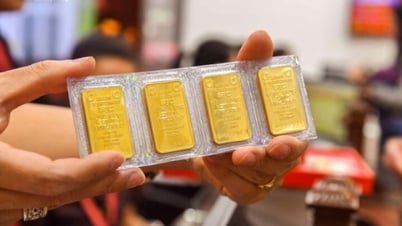

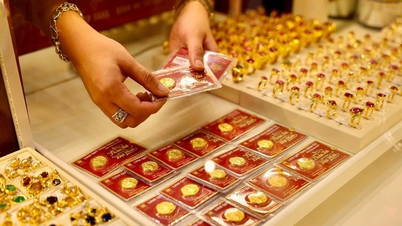


















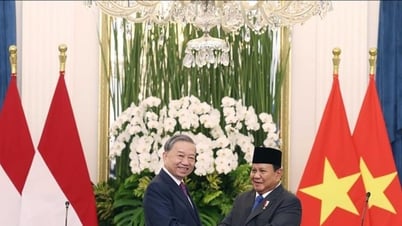


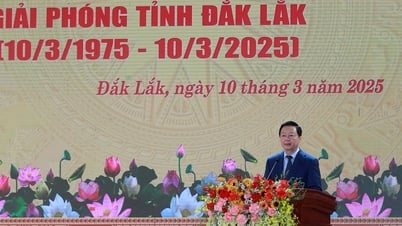



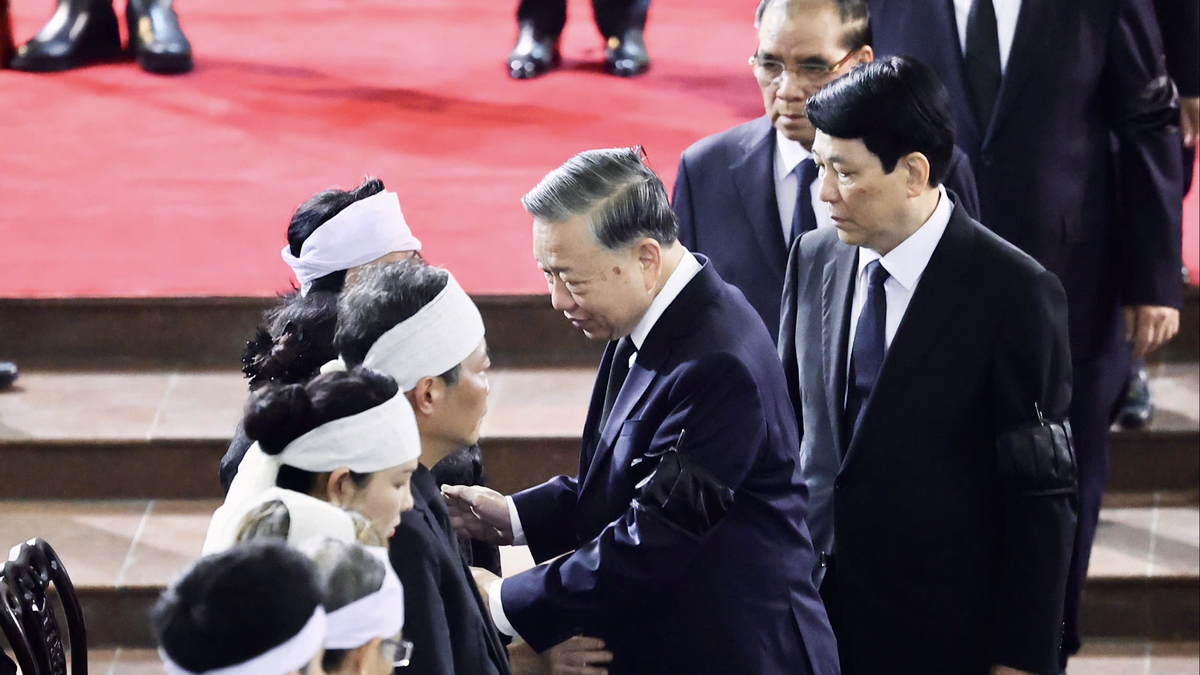




































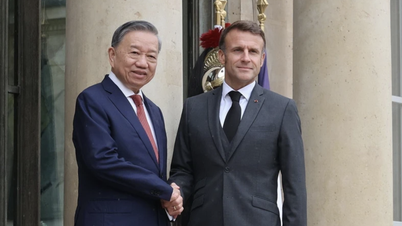






























Comment (0)